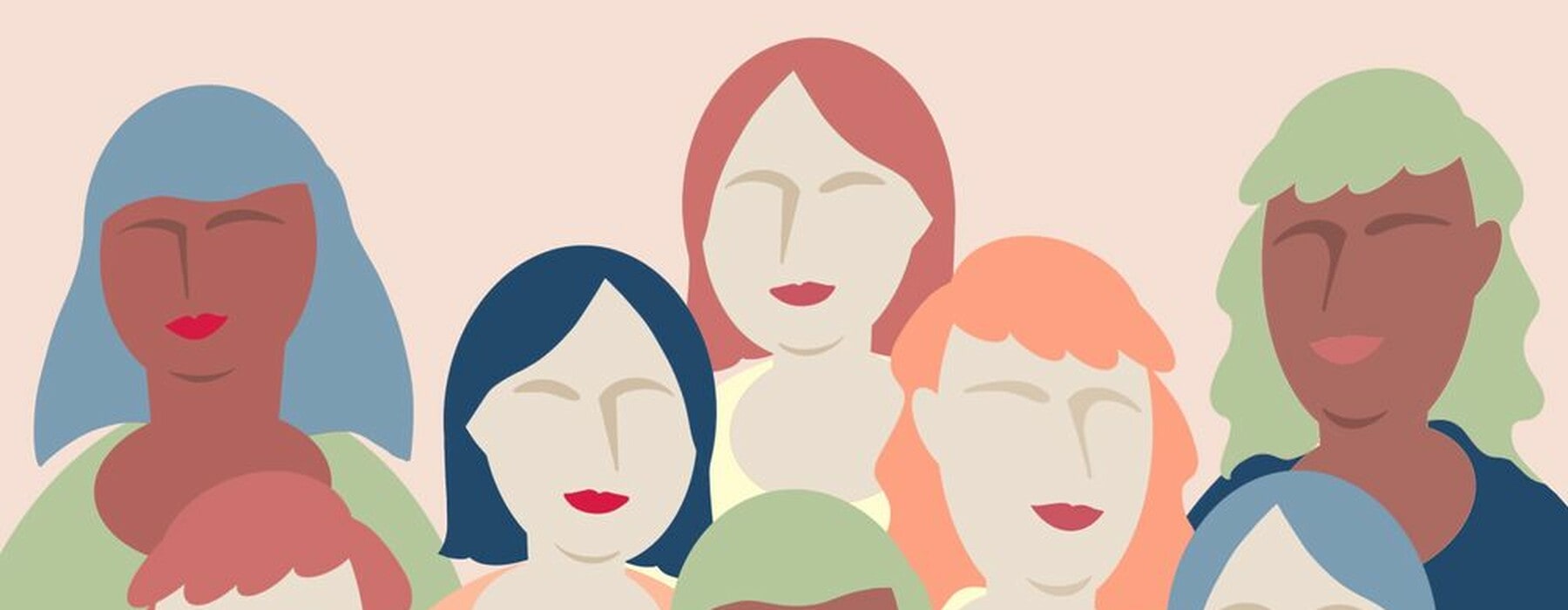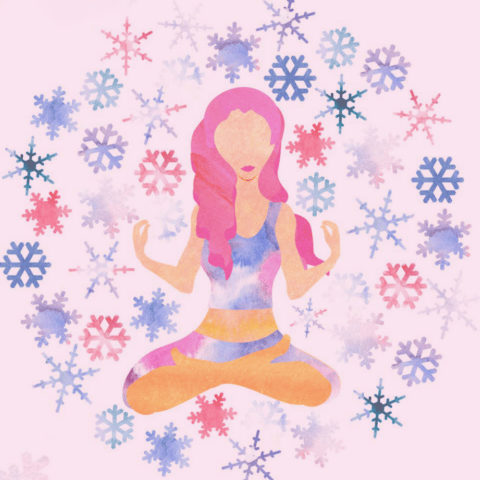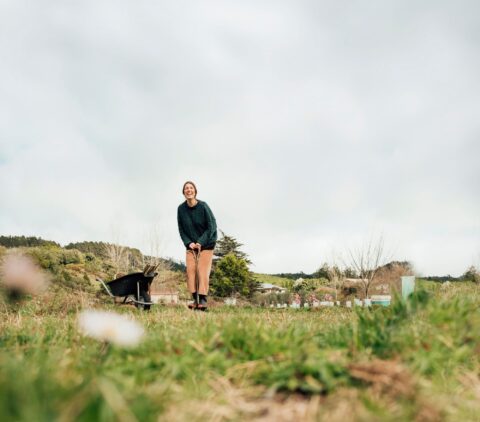Who you interact with and the connections you have greatly impact your health and wellbeing. Follow these practical tips to help you build closer relationships and increase your social biome.
1. Loneliness is social hunger – it’s important to feed yourself
Robin Dunbar explains that John Cacioppo, the late social neuroscientist, argued that “loneliness is an evolutionary signal telling us something is not right with your social environment, and you need to do something about it, fast”.
If you can understand your loneliness as a kind of hunger you need to feed, then you are in a good position to improve your situation, by phoning a sibling or joining a sports club. But not everybody can do that, Jeffrey Hall says. “Unfortunately, when people are chronically lonely, they tend to behave in ways that make their loneliness worse.”
Loneliness can make them discount the value of human interaction, assume others wouldn’t want to be around them or be standoffish with people who try to reach out to them. That’s why, Jeffrey says, we cannot blame chronically lonely people for being lonely, and his advice for a healthy social biome may not work for “somebody who feels really, truly alone in this world”.
2. Don’t forget about Zoom – even if you really, really want to
Just because we can hug when lockdowns are behind us, we shouldn’t stop waving awkwardly on video calls, says Jeffrey. Don’t sever connections with those we can only communicate with online, he advises. “Building healthy routines of online contact is critical, whether we’re in the pandemic or not, because we probably don’t have face-to-face opportunities with some of the closest people in our lives.”
3. Prepare for some social renegotiations
“You’re sitting at the centre of a series of expanding circles of friendship, like ripples on a pond when a stone drops in,” says Robin. Just as each ripple is bigger and weaker than the previous one, each circle of friendship grows in size and decreases in the quality of relationship, from your closest loved ones to what he calls the “weddings, bar mitzvahs and funerals circle” and beyond.
There can be movement between these circles. “From the moment you don’t see a friend with the frequency you used to, the quality of that relationship starts to decline within a couple of months, by a noticeable measure.” If you don’t see a friend for ages, it can affect the relationship. “They’re not quite the same as they were, so when you meet up again, you’ve got to do a bit of renegotiating, because your friend might have found someone else to replace you in the meantime.” But that’s just part and parcel of normal life, Robin says.
“We’re doing that all the time. It’s a bit slower for people in middle age, but people in the late teens and early twenties have a turnover of about 30 percent per year in their friendships.” All we can do is be prepared.
4. Invite people to things
In order to have more meaningful social contact with people you like, and to have more choice over how and with whom you spend your time, you will need to invite people to things. If you are someone who always waits to be invited – to coffee, to a party, to a gallery – rather than doing the inviting, this may require a change of mindset. “Inviting people you don’t know well, but who you’d like to know better is a good way to move a relationship along in a positive way,” says Jeffrey. And that won’t just benefit you – you will improve the social biomes of those you interact with, too.
5. Climb the ladder of communication
We can think of the different methods of communication available to us as rungs on a ladder, says Jeffrey – and we should prioritise climbing that ladder. The lowest rung is browsing social media, and you might want to skip that one, he says. “It’s probably no better in terms of feeling connected than being totally alone, so it’s not serving a social function.”
The next rung up is direct messaging a group – sharing memes or news on WhatsApp or Facebook. Then direct messages to people you want to keep in touch with. “When something you’ve just seen reminds you of a friend, text and say: ‘Hey, I was just thinking of you,’” he says. The next rung is phone calls and video chat – and top of the ladder is face-to-face conversation, the most nourishing of all forms of social contact. And we all know how delicious that is.








